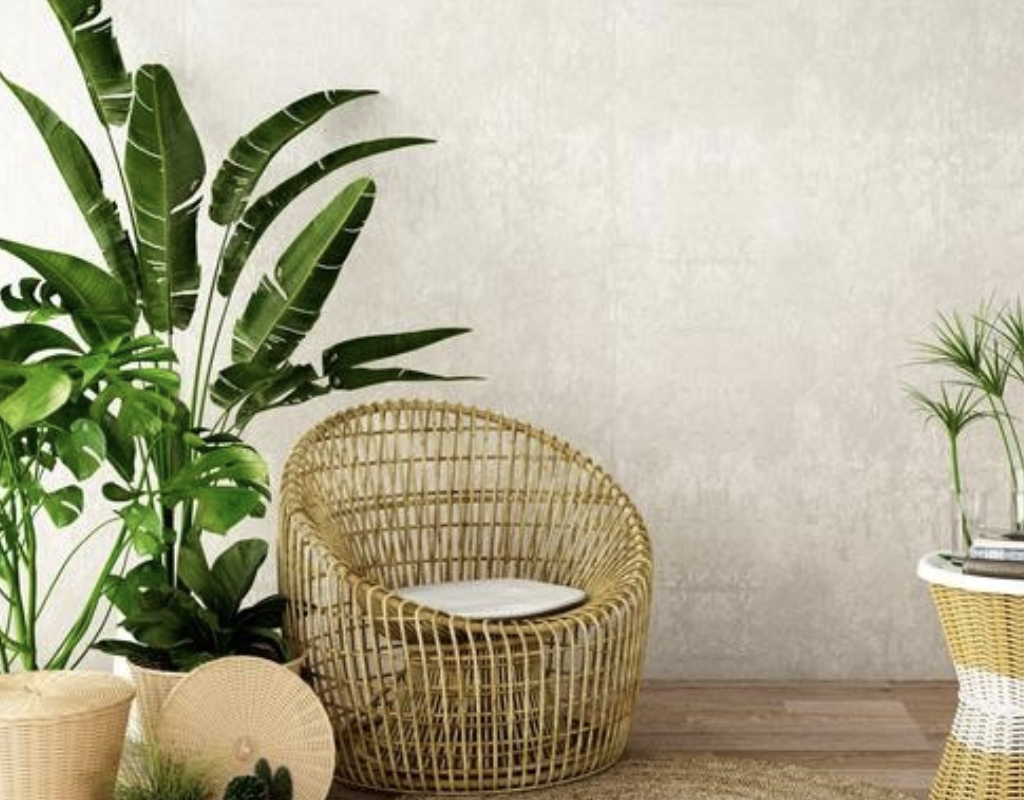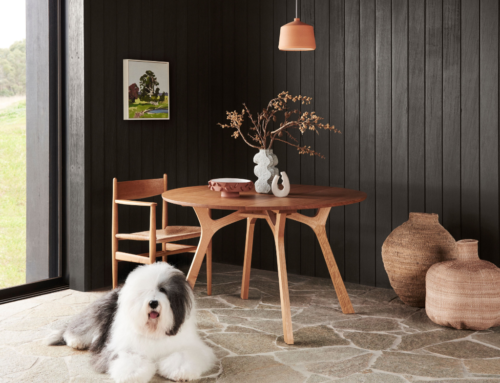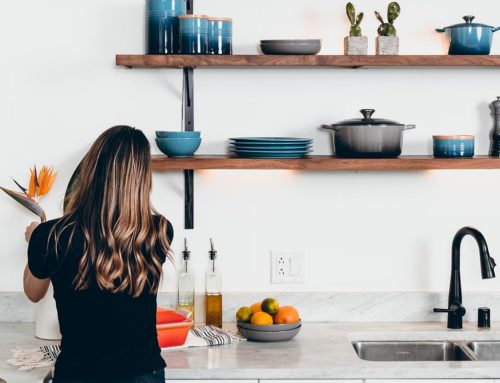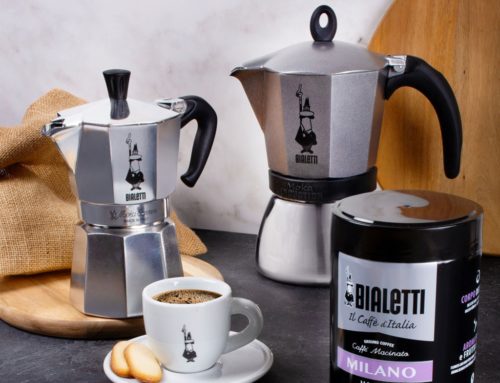If you’re looking for a new way to decorate your home, give indoor plants a try. This luscious greenery is a great way to enhance any room, and they’ve also shown to offer a variety of health benefits, too. Read on to find out everything you need to know for happy, healthy indoor plants that will improve your space and your life.
The Benefits of Indoor Plants
Having plants inside your home not only adds a beautiful, decorative touch, but there are also plenty of other impressive benefits that these living things provide. Plants naturally filter the air, meaning your interior air will be cleaner and healthier to breathe. Certain plants may also help reduce the symptoms of allergies thanks to their air-filtering properties. It’s also been shown that having houseplants can improve your mood. When you have greenery and living things in your home, it allows you to bring the beauty of nature indoors. Even if you live in an urban setting, you can enjoy a bit of nature through houseplants. Placing plants in a home office or bedroom can instil a sense of calm, creating a more peaceful space to enjoy along with a boosted mood.
Using Houseplants as Decoration
Not only will having a few indoor plants improve your mood and quite possibly improve your health, but they’re also a beautiful way to decorate a room. You can use plants to brighten up a small room or place them in a windowsill to breathe new life into a kitchen or bathroom. Succulents add instant visual interest practically anywhere you place them thanks to their unique shapes and styles. Crawling vines are a beautiful, easy way to add greenery anywhere you like and require very little maintenance. Place a row of potted herbs in a kitchen windowsill for a charming touch that doubles as a delicious addition to your favorite meals.
Plants for Each Room
If you’re not sure which plants will look best in your home, here are a few suggestions to add plants to each room:
- Living room: Try a taller plant in this space, such as an indoor tree like a tropical palm that likes warm temperatures and moderate light.
- Bathroom: Since this room gets a lot of moisture, choose a few plants to place in the window that will get plenty of sunlight and moisture from the humid air.
- Kitchen: Fresh herbs like basil and rosemary look charming in a kitchen window, and they’re great for adding a little flavor to your favourite dishes when you cook.
- Bedroom: A crawling vine or an ivy plant looks stunning in a bedroom. Place one in a pot on top of a bookshelf or dresser to add greenery to your sleeping space.
- Home office: Pothos is a beautiful plant that’s extremely easy to take care of. The extra bit of greenery can boost your mood and help you be more productive throughout the day.
- Patio: If you have a small apartment or condo with a patio, look for plants that can thrive outside as well as inside. Plants for a patio area should be able to handle full sun and varying temperatures since conditions may change with the seasons. Look for a plant you can bring inside the house during the winter.
Explore the variety of indoor plants available to help you choose the perfect option for your home. Most houseplants are mostly green however, some may bloom or feature vibrant colours like pink, red, and yellow to add a fresh pop of colour to any space.
Safe Indoor Plants for Dogs and Kids
Certain plants may be toxic if ingested, and they can be particularly dangerous to pets. If you have cats, dogs, or kids in the home, it’s important to choose indoor plants that are safe. Look for nontoxic plants like spider plants or trailing jade. These green houseplants are lovely to look at, and they’re also safe if Fido happens to take a bite. Do some research to find out which indoor plants are pet-proof and childproof in terms of safety. There are plenty of indoor plants that you can enjoy while being perfectly safe for little hands and curious pets. Other examples of safe indoor plants for dogs, cats, and kids include the Christmas cactus, parlor palm, mini orchid, and wax plant.
Plants That Need Less Care: Tips and Tricks
If you have a busy lifestyle, you might not have time to fuss over your indoor plants. Look for plants that require less care so you can enjoy their beauty without a whole lot of fuss. Pothos is one of the easiest plants to care for since it needs little watering and minimal light. Here are some other examples of plants that are tough to kill along with some simple care tips:
- Asparagus Fern: This fluffy plant easily adapts to both full sun and low light conditions. Keep the soil moist and it should grow wherever you choose to place it.
- Fiddle Leaf Fig: A trendy plant, this gorgeous houseplant does well in bright light. Keep it out of direct sunlight and water it regularly in the summer for the best results.
- Chinese Money Plant: Also known as the “pancake plant,” this adorable houseplant likes shady areas and only needs watering about once a week to stay healthy.
- Yucca: If you love the desert look, try a yucca. This tall plant needs tons of sunlight, but it also needs very little watering for easy care.
- Air Plant: Place air plants in containers all over your house for a touch of green. These unique plants don’t require any dirt at all, but they just need to be soaked in water for a few hours every 10 days or so to thrive.
- Spider Plant: This fast-growing houseplant is safe for pets and only needs to be watered about once per week.
The key to any healthy plant is to find the perfect balance of light, water, and nutrients. Research a few different houseplants and choose some based on where you live, the climate, and how much light your home gets throughout the day. Some people believe that talking to your plants or playing music for them can help them thrive. Overall, it’s more about the lighting and the spot where you place them that dictates how well they grow.
Houseplants for Health Reasons
Plants can boost your mood and may actually play a role in improving health, too. Certain indoor plants, such as the snake plant and spider plant, are well-known for filtering the air and creating a cleaner environment indoors. Plants like English ivy can actually filter out mold spores, making them a perfect choice if you suffer from allergies. When it comes to boosting your mood, try an aromatic indoor plant like lavender that emits a beautiful, pleasant fragrance. Simply having greenery around can make you feel more relaxed, so enjoy a houseplant in your favourite reading spot or meditation spot.
Other Alternatives: Plastic Plants
If you don’t have time to care for houseplants, plastic plants can be a great alternative. Today’s plastic plants are more realistic than ever before, which means you can enjoy their beauty without all of the extra watering. Try a plastic tropical plant in a sunny living area. You can place a potted plastic plant on your desk in a home office or enjoy a few placed along a windowsill in the bathroom. Just be aware that plastic plants need to be dusted and cleaned to avoid triggering allergies or adding irritants to the air in your home. You can easily swap out plastic plants to fit with the season or with your changing décor.
Indoor Plants Dos and Don’ts
Now that you know more about the benefits of indoor plants, here are a few helpful do’s and don’ts:
Do:
- Choose plants that will fit with your lifestyle in terms of the amount of care and maintenance it needs.
- Pick out houseplants that are safe if you have children or pets in the home.
- Find a spot for your plant that will give it the amount of sunlight it needs according to the tag or any research you’ve done about the plant.
- Enjoy houseplants in any room to brighten your mood and improve your health.
- Be patient with your new plant and be willing to move it around as needed depending on sunlight, position, and the room where you enjoy it most.
Don’t:
-
- Add indoor plants that require too much care and will die without constant attention and feeding.
- Plant something that will get too large for a space as it grows.
- Choose a pot that’s too small for your new plant. Make sure it has enough room for the roots to grow so you don’t have to constantly re-pot it.
- Overwater houseplants since it can backfire and cause them to die.
- Overthink it! Have fun when choosing new houseplants and select something that will improve your home’s look and your quality of life.
Written by Lorena Ramo. Originally posted on Porch.com
Do you trust yourself with indoor plants?
See more:






Leave A Comment
You must be logged in to post a comment.